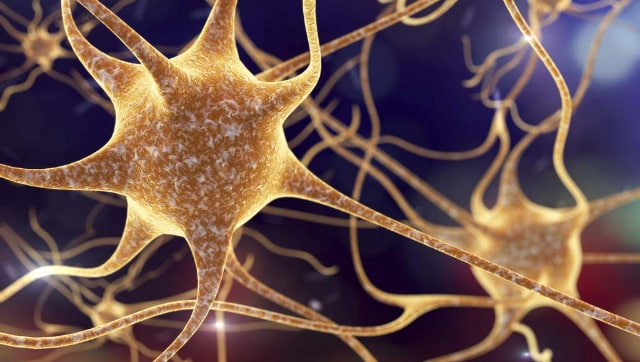Unholy Union: Scientists are now trying to power AI using human brain cells

Scientists are trying to give AI human brains, quite literally. A team of researchers in Australia has won a grant to research how to get AI models to operate on human brain cells and other non-silicon based processors
AI researchers and neurologists are working together the world over to give humans the power of AI, and to give AI the capacity of the human brain. The ultimate idea, is to give AI enough processing or “thought” power using a non-silicon based processor.
A group of researchers has secured a $600,000 grant from Australia’s Office of National Intelligence to explore the integration of human brain cells with artificial intelligence (AI).
Making AI human
Working in collaboration with Melbourne-based startup Cortical Labs, the team has already achieved success by demonstrating how a cluster of approximately 800,000 brain cells in a Petri dish can play the game “Pong.”
Related Articles

Brain-o-Scope: UN warns Neuralink-like AI-brain implants will hack your head

Is AI overhyped and the biggest bubble yet? CEO of a major AI company thinks so
The researchers are confident in their work and have ambitious goals for the technology. Adeel Razi, the team lead and associate professor at Monarch University, stated that this new technology may eventually surpass the performance of traditional silicon-based hardware.
“This new technology capability in the future may eventually surpass the performance of existing, purely silicon-based hardware,” said Adeel Razi, team lead and associate profess at Monarch University, in a statement.
The potential applications of this research span multiple fields, including planning, robotics, advanced automation, brain-computer interfaces, and drug discovery, granting Australia a significant strategic advantage.
Combining Human Intelligence with Machine Intelligence
The team envisions a future where machine intelligence can continuously learn throughout its lifetime, similar to human brain cells. This means learning new skills without forgetting old ones and applying existing knowledge to new tasks. They plan to grow brain cells in a lab dish, using the DishBrain system to investigate this concept of “continual lifelong learning.”
This ambitious project will undoubtedly require considerable time and effort to complete. With the grant, they aim to develop AI machines that can replicate the learning capacity of biological neural networks. Ultimately, they hope to scale up the hardware and methods to a level where these systems can viably replace traditional in silicon computing.
“We will be using this grant to develop better AI machines that replicate the learning capacity of these biological neural networks,” Razi said. “This will help us scale up the hardware and methods capacity to the point where they become a viable replacement for in silico computing.”
For all the latest Technology News Click Here

